What we learnt by shifting our startup to the Himalayas
On September 5, a week after launching our app, YourQuote, Ashish (my co-founder and CTO) and I packed our bags, books, and guitars and drove 500km from Delhi to Solang Valley, 6km beyond Manali. We found ourselves an isolated, inexpensive guesthouse with high-speed Wi-Fi and a well-furnished kitchen with a cook, and that’s all that mattered. One day later, we began our work in our balcony office that faced the Himalayas.
In the past two months, we have been dumbstruck witnesses to what we have been able to achieve and the sheer joy we attained from our work. To encourage young product startups to consider taking the smaller towns seriously, I am compelled to pen down our lessons and show you what lies on the other side of the big cities:
1. Distraction-free environment: Our guest house was a good 12km away from the nearest town, Manali, the hub of hippies and hash, which meant it was quite a task to even contemplate the visit. The off-season prevented too many tourists from visiting Solang and the areas around the guesthouse, which made it peaceful out there. The major concern was network but 3G — whether that of Airtel, Vodafone, or BSNL — worked just fine.
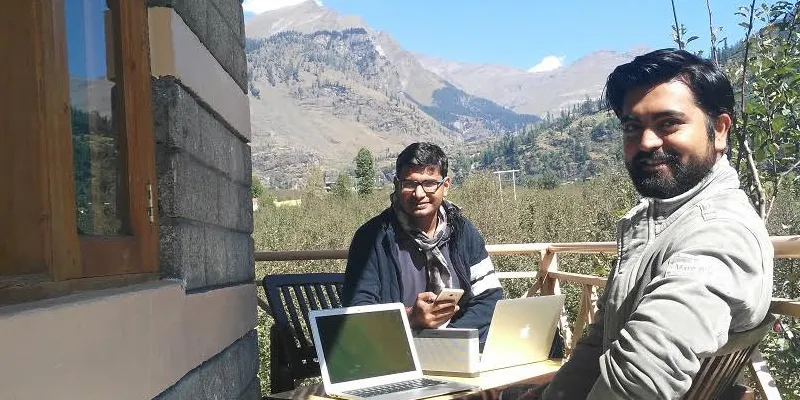
We devised a beautiful schedule for ourselves in our small village. The day began with tea and a short hike to a nearby hill, followed by an hour of reading. The day was spent working out of our balcony office, Ashish adding features on the app, while I did the requisite community building, reaching out and onboarding writers over social media. In the evening, we would play our guitars or go discover long trails of nearby villages. Saving up on the costly partying with friends and family, we invested that money in hearing some live bands in Old Manali or the good old writing on the app. Sometimes, the guesthouse owner would captivate us over drinks and chicken with the fascinating legends of the mountains and the sadhus who lived before the area became commercial. It inspired the writers within, and our prolific outcome on our writing app was but natural.
2. Cost-cutting: When based in Delhi, Ashish lives in Ghaziabad and I live in Malviya Nagar (almost two hours away). Being bootstrapped, we don’t want to waste money on office space so usually I convert my 2BHK into a makeshift office whenever he arrives. The travel wastes four hours besides the usual Rs 200 wasted on petrol. It’s always been a pain to collaborate and work together and Delhi’s brokerage as well as landlord hassle is quite cumbersome and time-consuming. Solang Valley Guesthouse was a find for us! For merely Rs 15,000 a month, we got a fully-furnished room with two single beds with free brunch and dinner. Can you believe it? All because of off-season. Delhi couldn’t have offered such a deal, no matter where we’d have wandered. It allowed us to even consider inviting interns and booking another room for them — and this is precisely what we did!
3. We read a lot: How many of us startup founders read? Reading is a lost art in the startup world and most of us have been out of touch with books since our college days. However, our solitude-filled stay in the Himalayas made the two of us finish seven books, both fiction and non-fiction. While Ashish’s favourite was Zen and the Art of Motorcycle Maintenance, which he still is rereading, I reveled in reading Naipaul’s The Writer’s People and to do justice to the Himalayas, Jon Krakauer’s Into the Wild. We were reading like we used to and it brought us so much contentment.
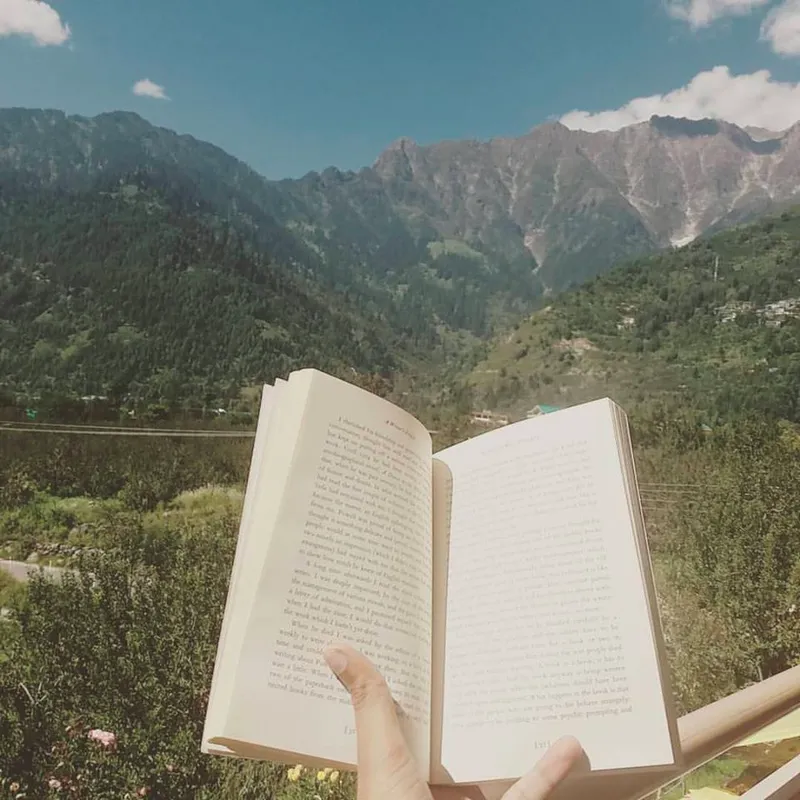
4. Learnt leanness like never before: The Himalayas taught us how to be lean, quite literally. We had just two laptops and one 3G hotspot as our office equipment. The dining table of the guesthouse was our makeshift workstation. Since it was only the two of us, we learnt how to do everything ourselves. I picked up Photoshop and UI design in addition to my growth-related tasks, while Ashish picked up DevOps in addition to his backend and Android dexterity. Both of us managed two months with less than Rs 50,000 of expenditure and this has been a great teacher about how less is more, a philosophy that has changed the way we look at life as well as the business.

5. Focused on the customers instead of investors: One key reason why we took this audacious step of moving to the Himalayas was our anti-funding thesis until product-market-fit. We didn’t reach out to any investors nor did we respond to any of the LinkedIn requests for Skype calls from analysts of VC firms during these months. It was because of our unproductive experience during our previous venture, Whereabout. During Whereabout, being in Delhi, we wasted over 1,000 hours in meetings with these janta with no promising outcome. When you don’t talk to investors, your focus is not just on numbers but experience. We created an active feedback loop and acted on users’ feedback as quickly as we could. This helped us in making our users trust us as founders and create the product that they wanted — not what we hypothesised.
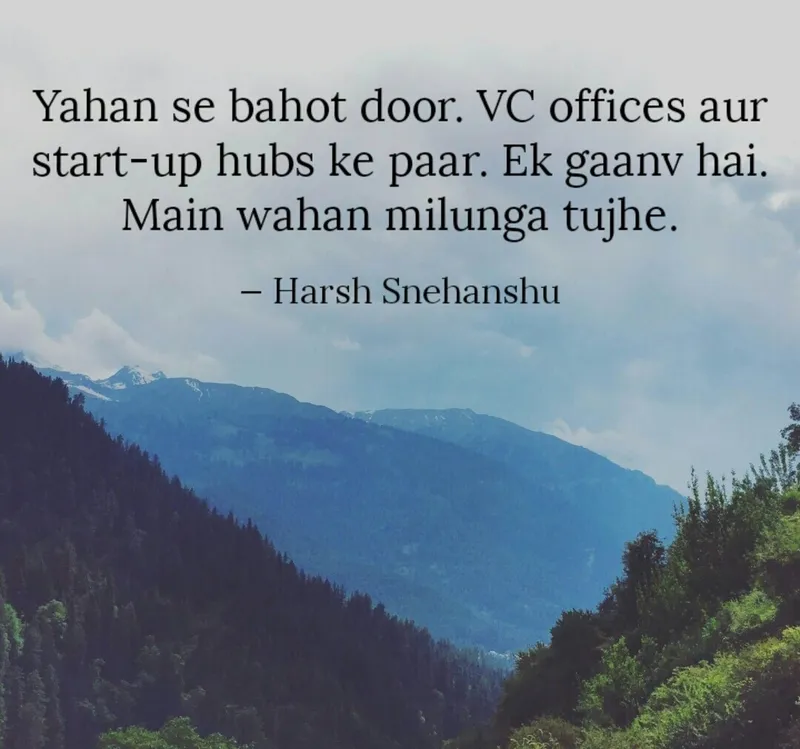
6. We invited the sharpest people to intern with us: We floated a rare internship programme for a writer to lead our growth and a front-end developer to build our website. We found two extremely accomplished people, Abhas Tandon and Apekshita Varshney, busy in their own vocations but eager to escape to the mountains for 15 days. Abhas, who was previously one of the lead front-end engineers at PayPal, built our super-sleek search engine-optimised website from scratch in just two weeks. Apekshita, a journalist by training, streamlined our content strategies and helped us get some visibility. Being a former journalist based in Mumbai, she was well connected and helped catch the attention of Mid-day for our very first print feature.
Being bootstrapped, we could never have afforded talents like them if it were in Delhi. Neither would have they come for Delhi, of late the smoggy metropolis. For this internship, we just paid for their stay, food, and travel. They came for the Himalayas and became more like family members over the 15 days they stayed with us. If you are a developer, do read Abhas’ experience documented in this blog post.
7. We got free PR: I avidly blogged about our unique experiences and it caught the interest of a lot of my journalist connections on LinkedIn. It got us good coverage as editors and journalists started approaching us on their own. Entrepreneur covered our journey, as did Aaj Tak, Businessworld, Mid-day, DNA, and Firstpost. Besides, it also fascinated a lot of writers who read about our experiences and decided to give our app a try.
8. We trekked: For the previous three products of ours, being in Delhi, we had very limited physical activity, being stuck to our laptops 24x7. Delhi’s pollution and our bootstrapped budget made it difficult for us to either consider running or going to the gym. Besides, it was our own dispirited selves, unable to find either an idea or an atmosphere that could keep us going. Our Himalayan experience changed all of that. Besides climbing every other small mountain near Solang, we climbed the Pitalsu peak (~5km) with the FITSO team who visited Manali. It was quite an experience, especially because trekking is all about persisting and not giving up.
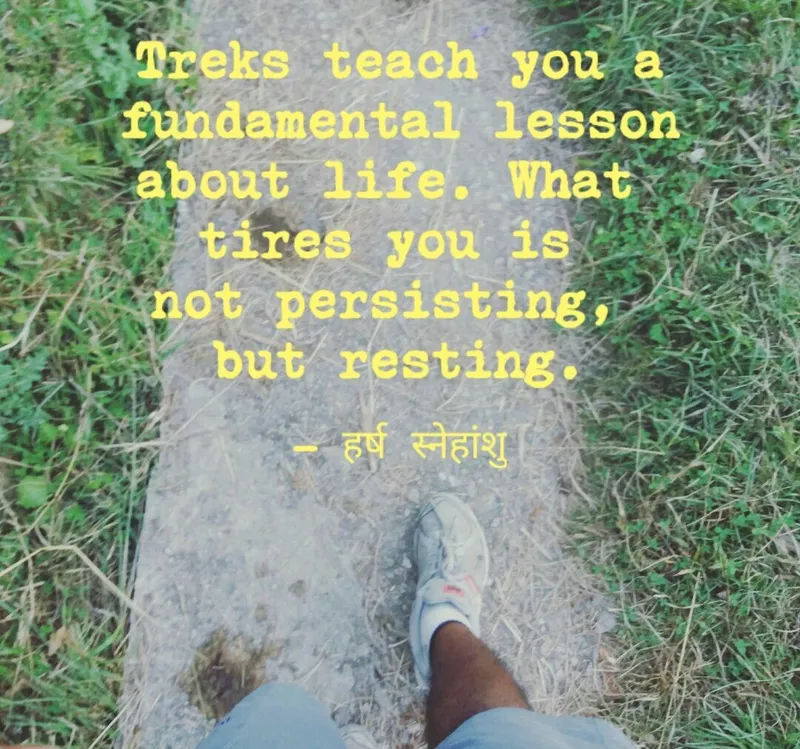
9. We wrote like never before: And we have been writing like never before! The Himalayas were the perfect setting for building a writing platform. The beauty inspired us, the warmth of the people egged us on to tell their stories, and the experiences are worth turning into a book. It transformed each one of us into storytellers.
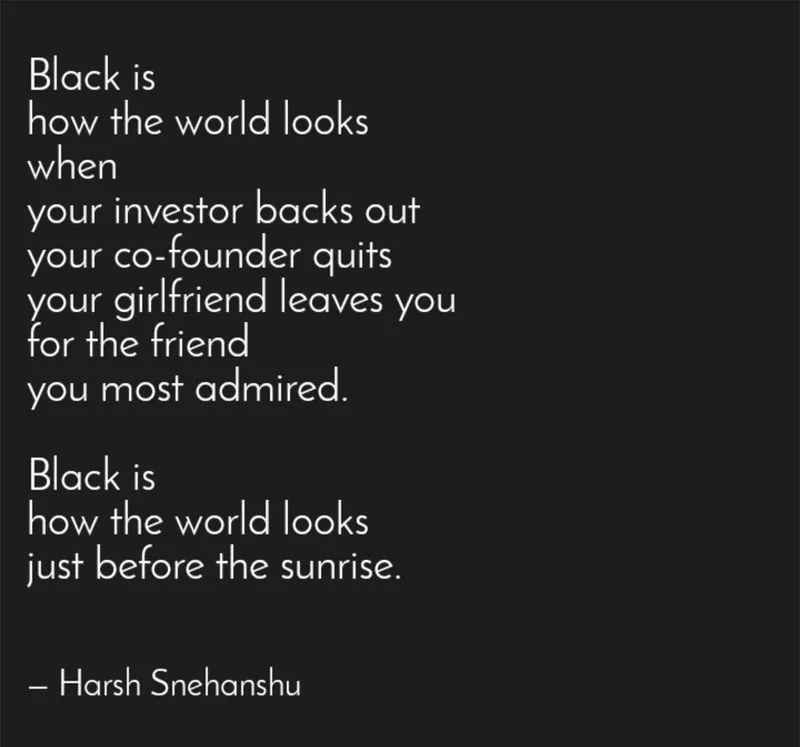
The Himalayas being too cold forced us to flee, and now that we see early signs of product-market fit, we have reached out to a select few investors who understand this space. If things go according to plan, we would spend the first year with a lean team of six–eight based out of such smaller towns that offer diversity and inspiration along with cost-effectiveness. I would strongly recommend product startups to consider being digital vagabonds for a while and seeing for themselves how to cut costs and achieve more.
(Disclaimer: The views and opinions expressed in this article are those of the author and do not necessarily reflect the views of YourStory.)







